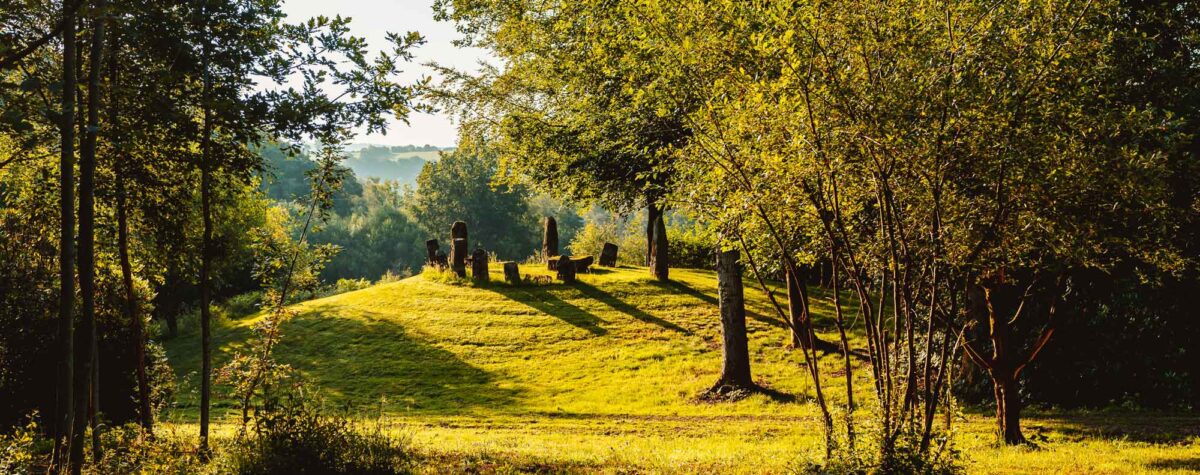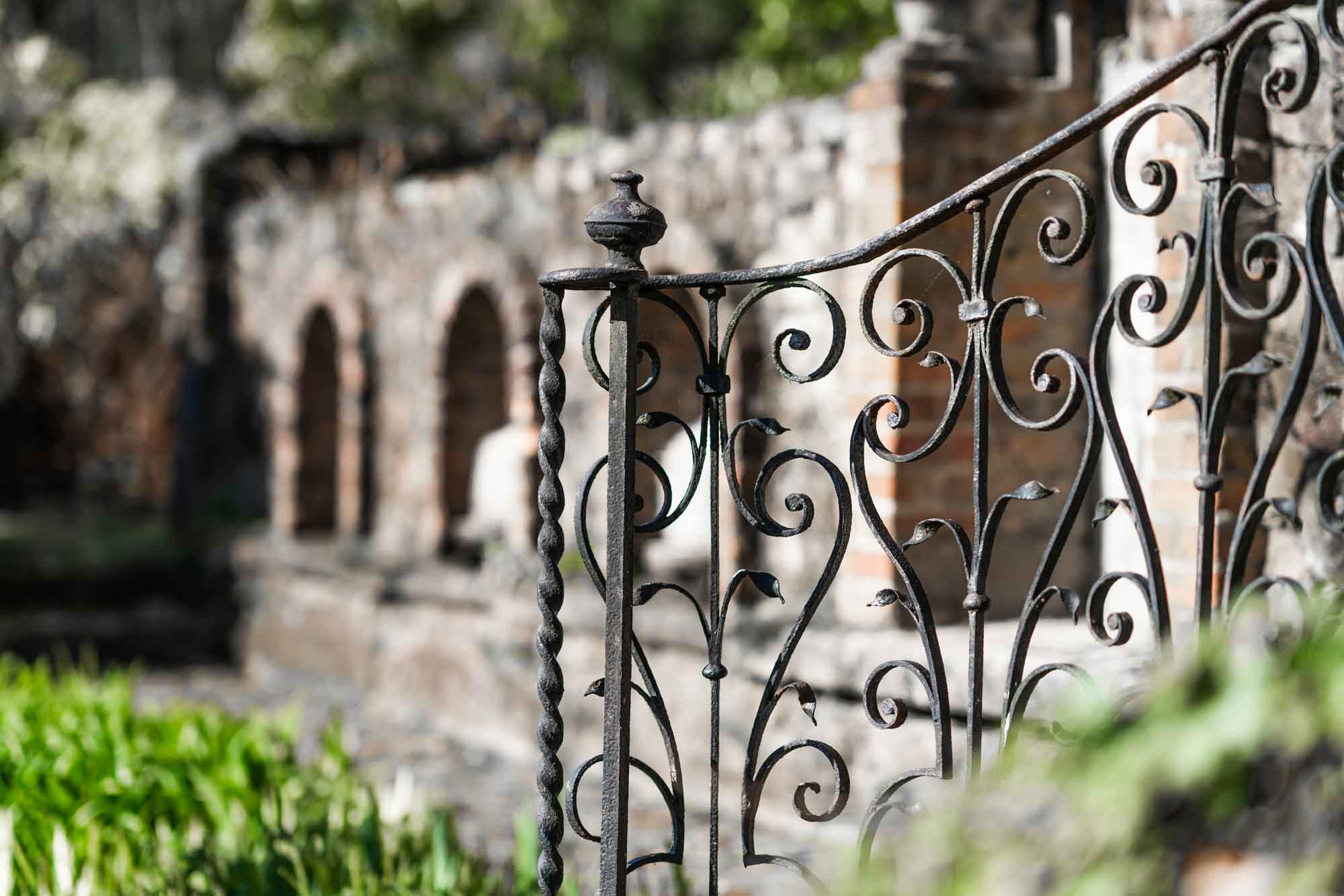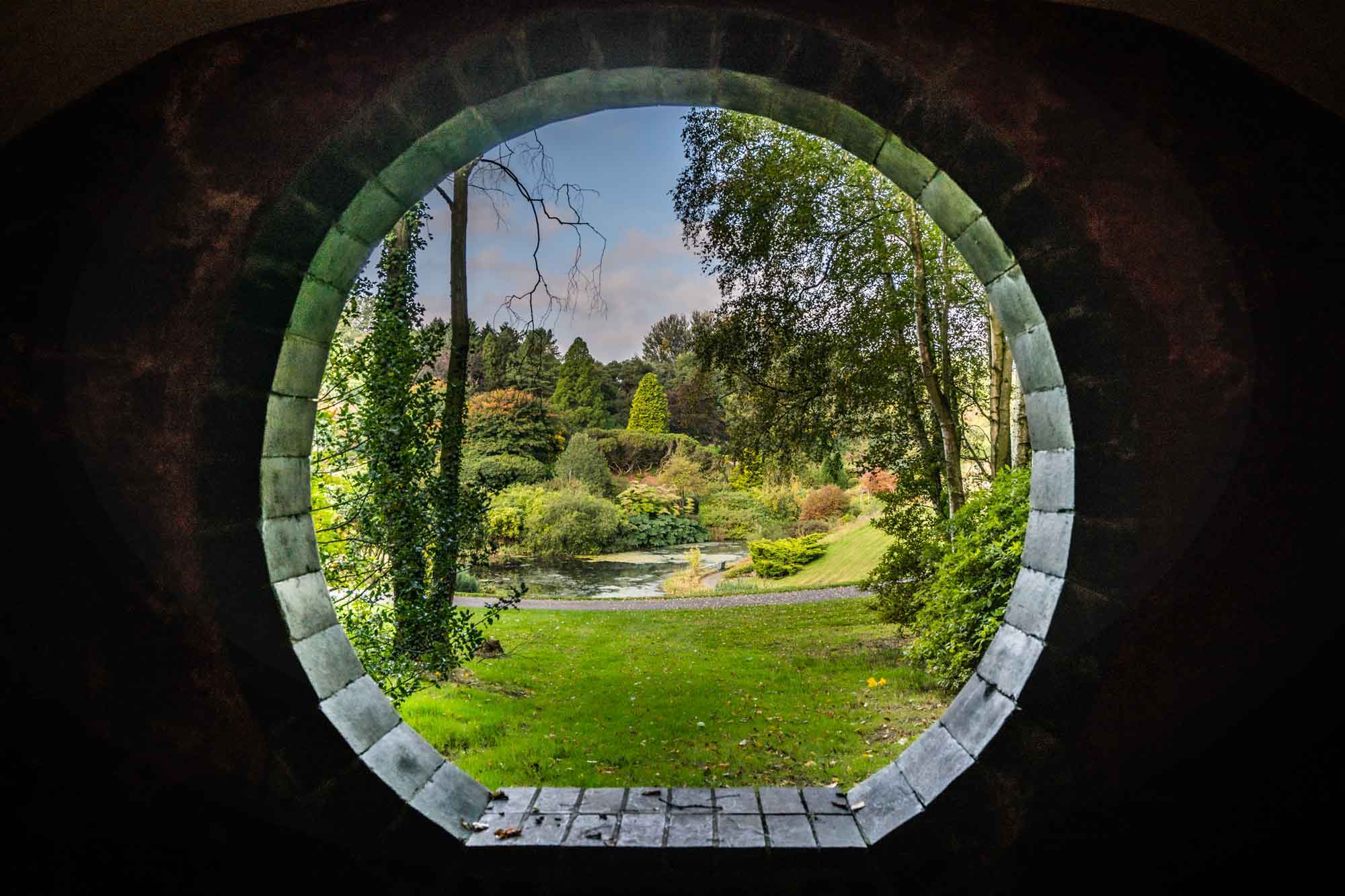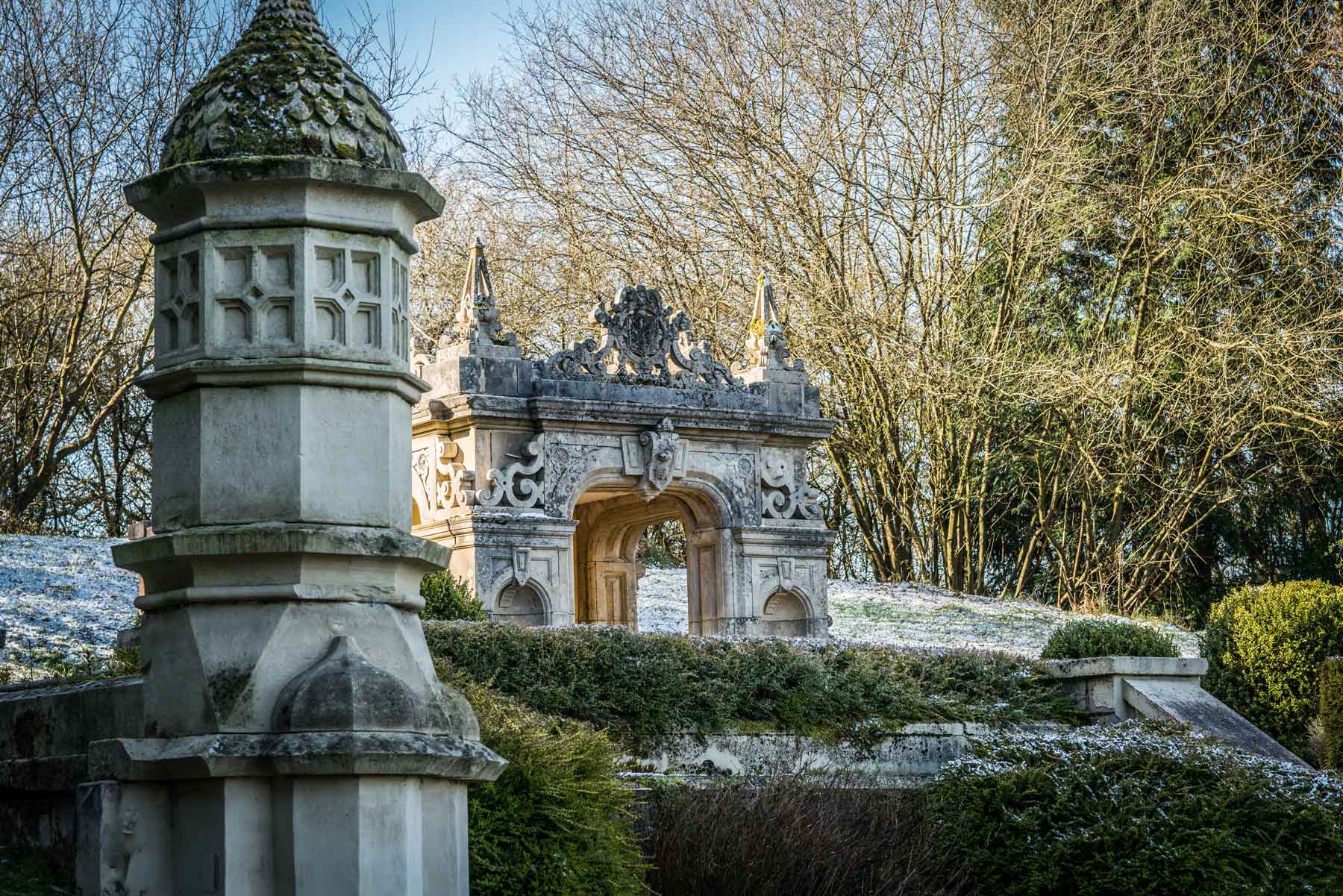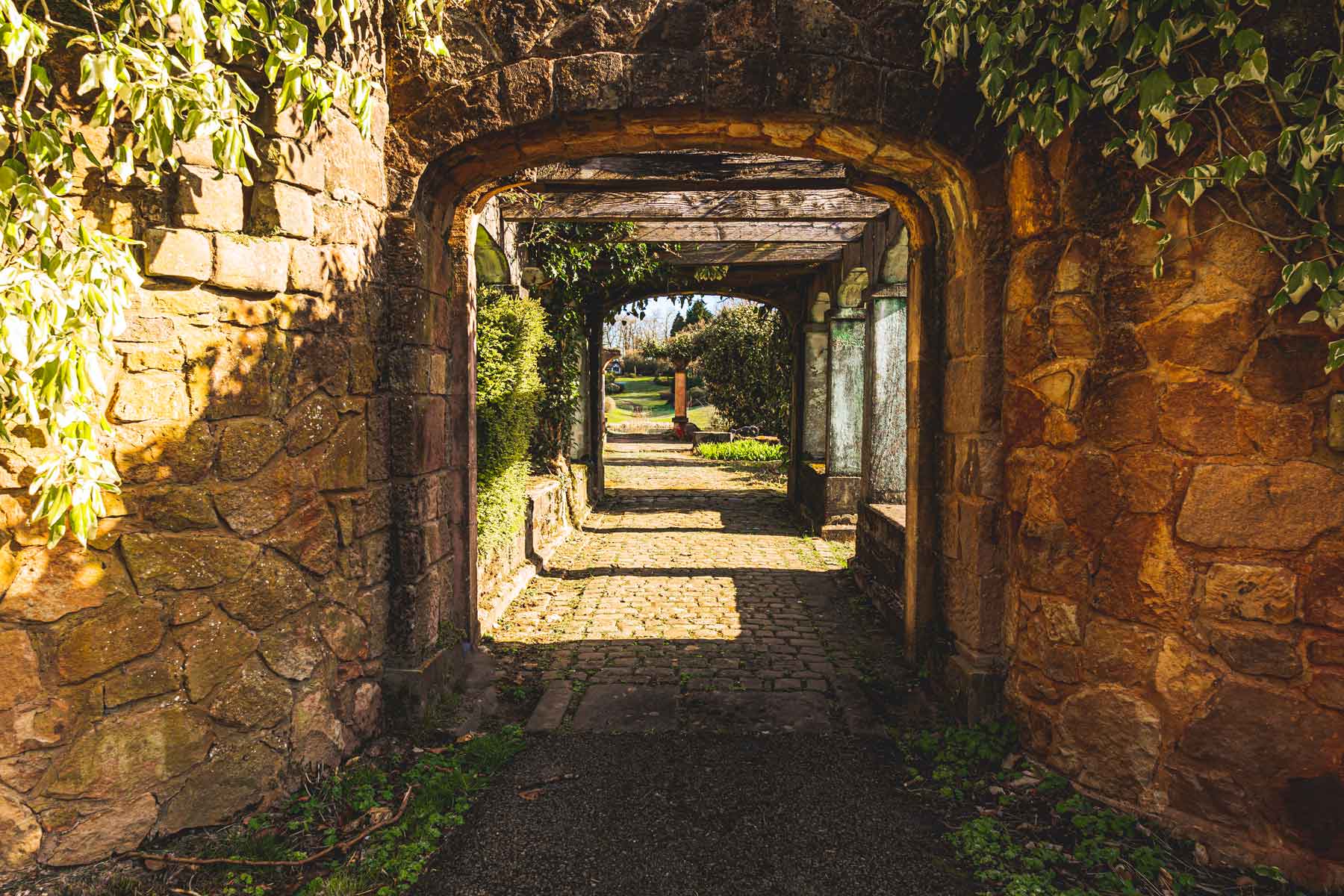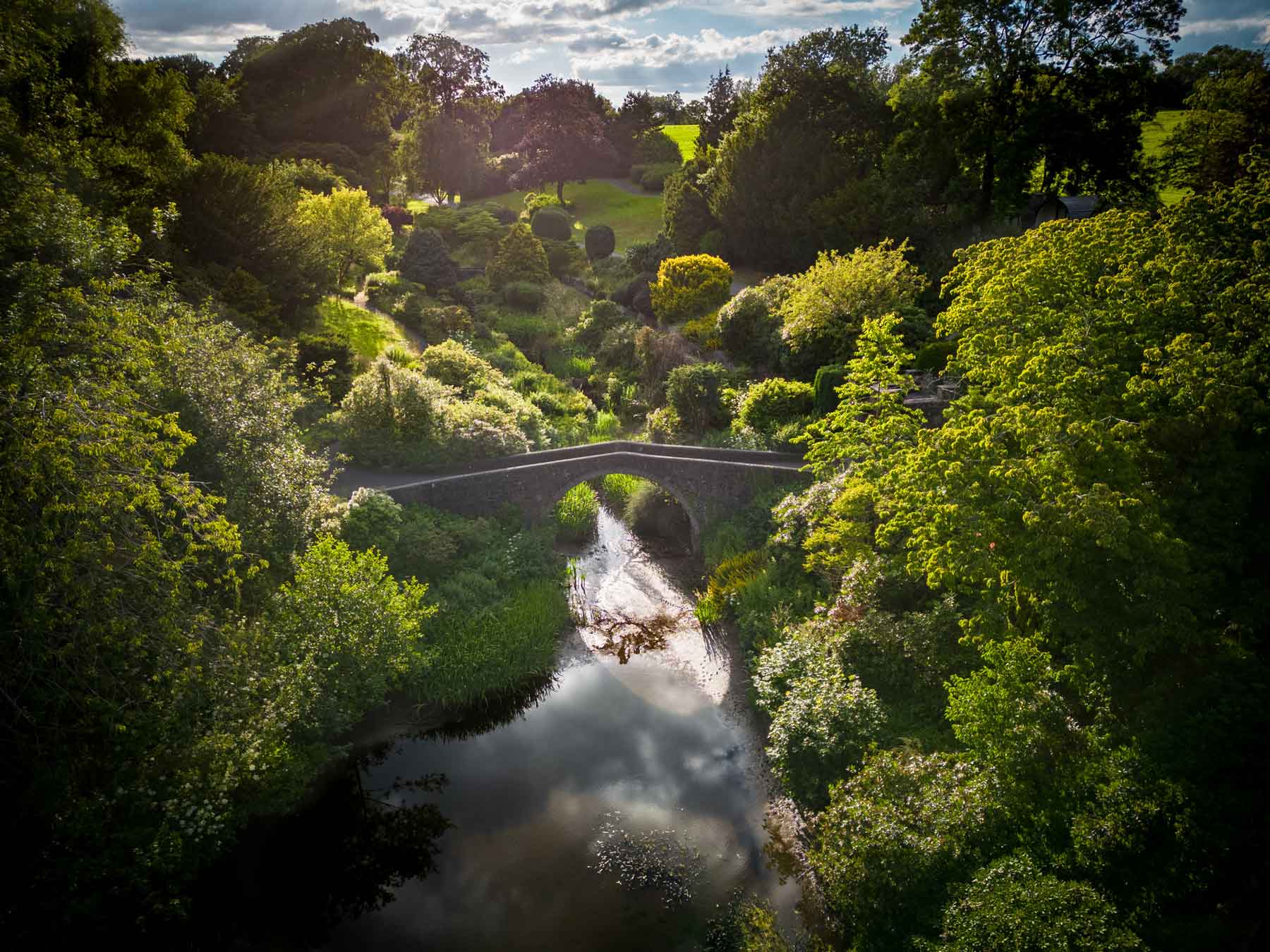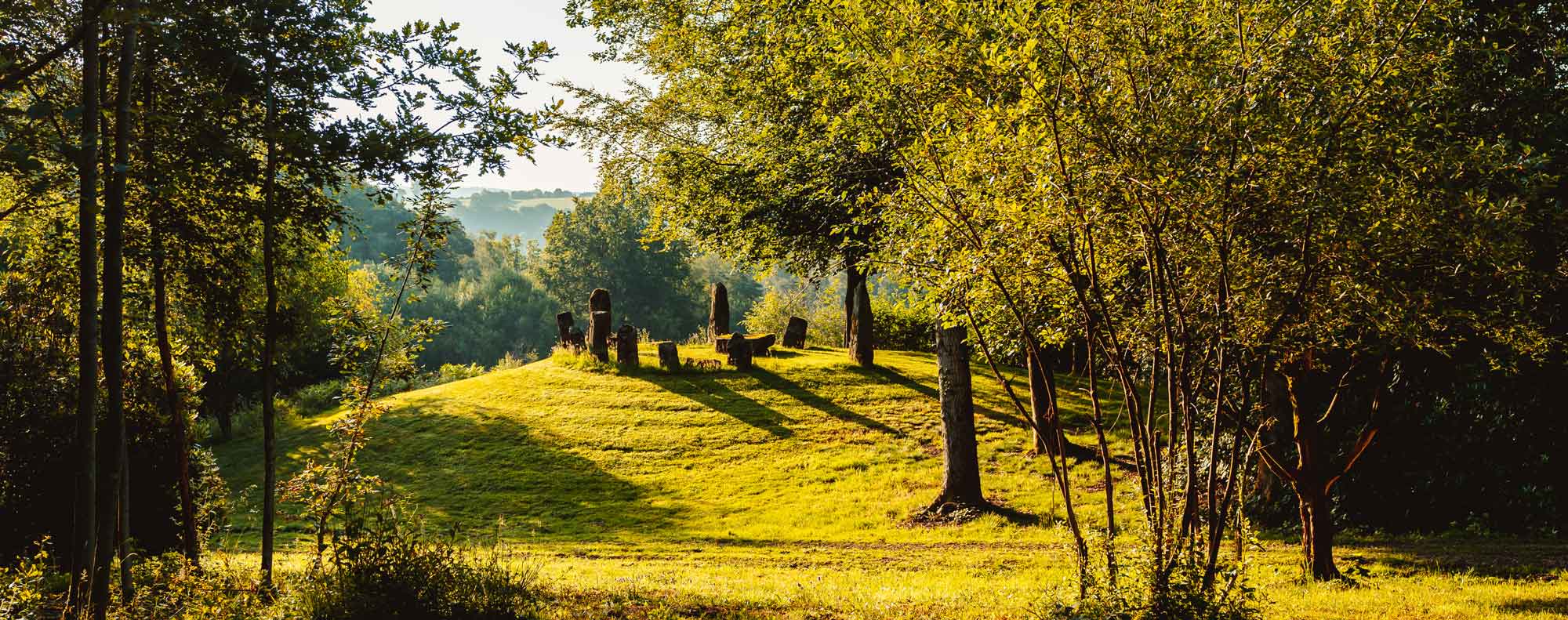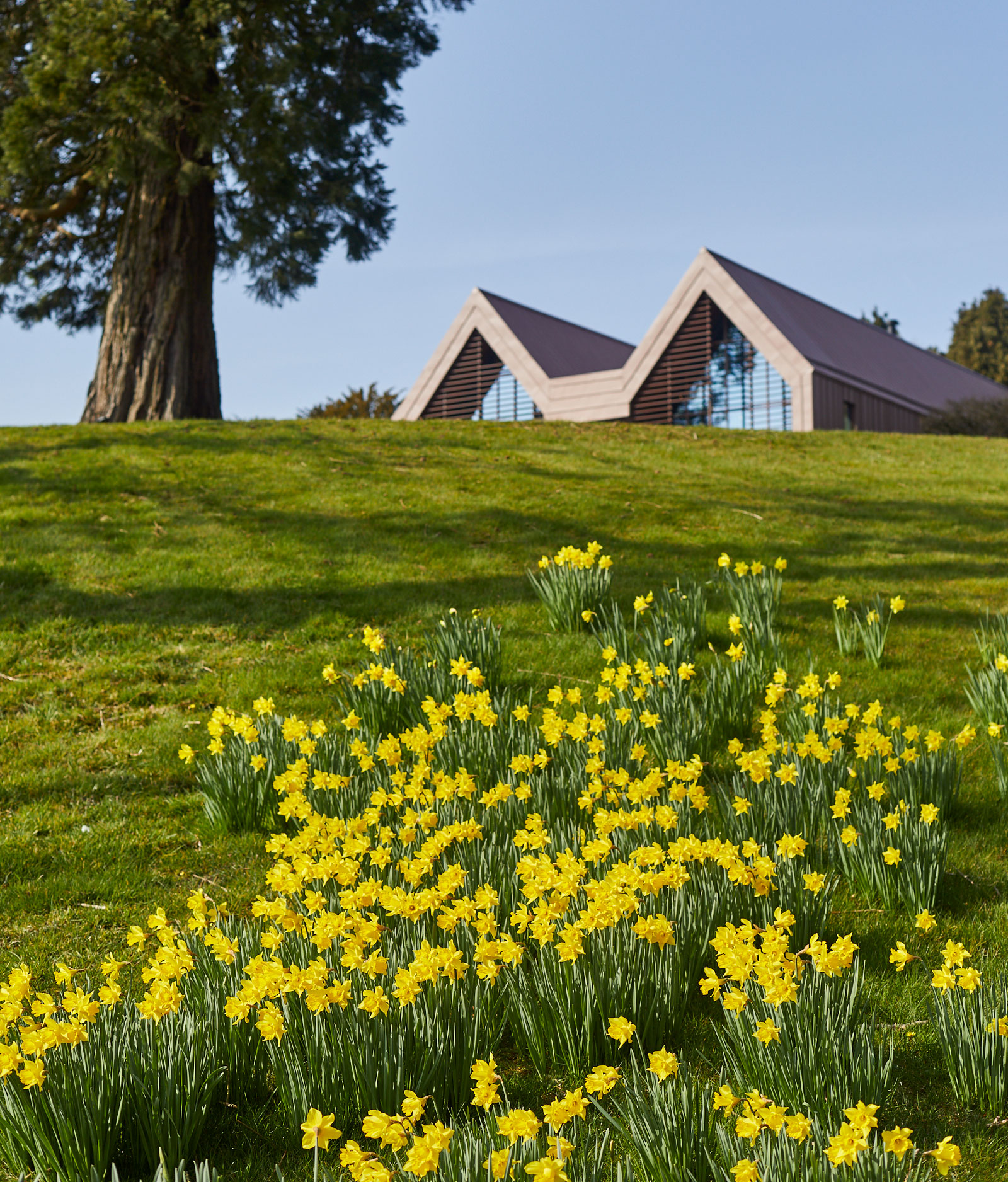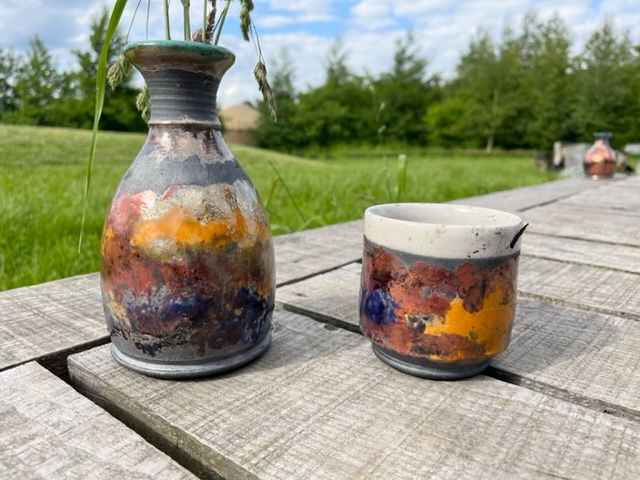The Folly Trail,
at The Tawny
Let's Adventure!
There are many unexpected follies in these gardens, but what is a folly?
A garden folly is a structure, designed for decoration, with no other purpose than to delight, add a touch of whimsy, or a point of interest.
In the 1960’s many large country houses and their gardens were being demolished and a number of large-scale features, stone works, statues and fountains, were given a new home in the 70 acre estate of The Tawny Hotel.
Pop into Reception and pick up a Folly Trail Map. We challenge you to see how many of these quirky features you can visit during your stay with us!
A Brief History
Consall is mentioned in the Domesday records and gets a further mention in history around the time of the Jacobite revolt of 1745, when the remnants of Bonnie Prince Charlie’s army fled home from Stone via Consall.
During early industrialisation, the site became important because of the presence of extensive seams of coal and ironstone. In 1777 the nearby canal was constructed and mining onsite flourished due to the discovery of an important seam of ironstone in 1852. Records show that annually, between 1855 and 1863, over half a million tons of iron ore were loaded onto the canal narrow boats or sent by rail from the twenty active pits in this area of Consall.
The handling of large quantities of material from the mines resulted in the development of ‘plateways’, an early railway system that connected the local mines. A section of the original plateway and subsequent tramway is on display, over near the Thatched Cottage. The mining gradually subsided after the 1870’s and nature began to hide some of the industrial scars.
A Legacy
The story of the gardens as we know them today, begins in 1918 when Mr William Podmore moved to the estate as a baby with his parents. William Senior and Alberta, owned a Potteries firm specialising in glazes and colours, and made Consall Hall their family home.
After leaving school, Mr Podmore trained as a mechanical engineer at Loughborough University and throughout the Second World War he worked with Sir Frank Whittle on the development of the jet engine. Mr Podmore was awarded the OBE for his contribution and achievements in this area.
It was during this time that he also met his wife, Edna, who later influenced his planting choices onsite. After the war, his brother ran the family ceramics business, while he set up his own successful engineering company.
Transformation
He was 40 before he began significant works on this estate. In an interview with journalist Philippa Ashley in 2008, the then 89 year old William Podmore explained -
“It's such an unusual site with inter-connecting valleys that create a bowl, which is ideal for landscaping.
The problem was, the banks were made up of more than 250,000 tonnes of shale which I needed to get rid of but no one wanted, so I decided to use them to create dams that would flood the old mine workings. The water hides the spoil and adds to the beauty of the landscape while the pools also provide habitats for wildlife."
He spent over half a century transforming a former colliery site into an area of significant natural beauty and we are grateful for the opportunity to gently coax the gardens into the next chapter of their evolution, always respectful of William Podmore’s vision for the estate.


